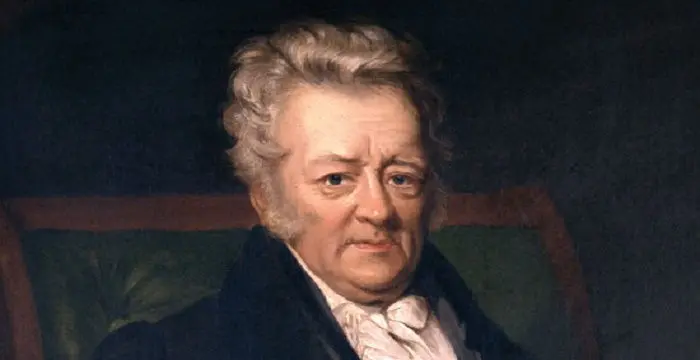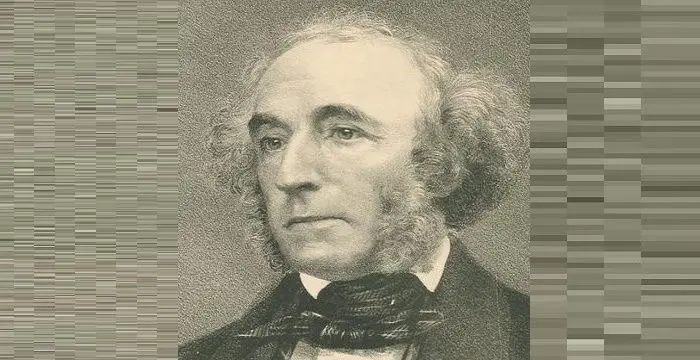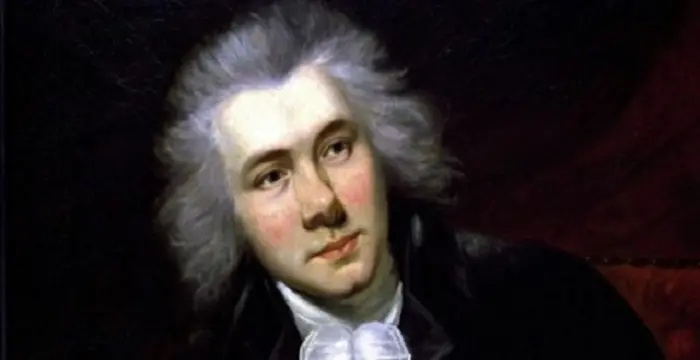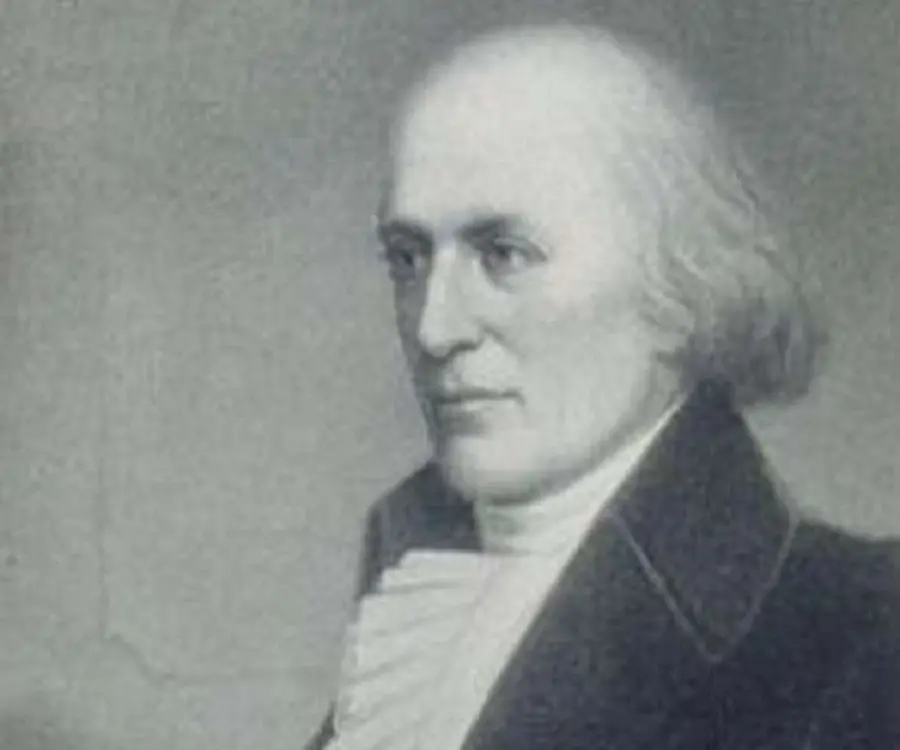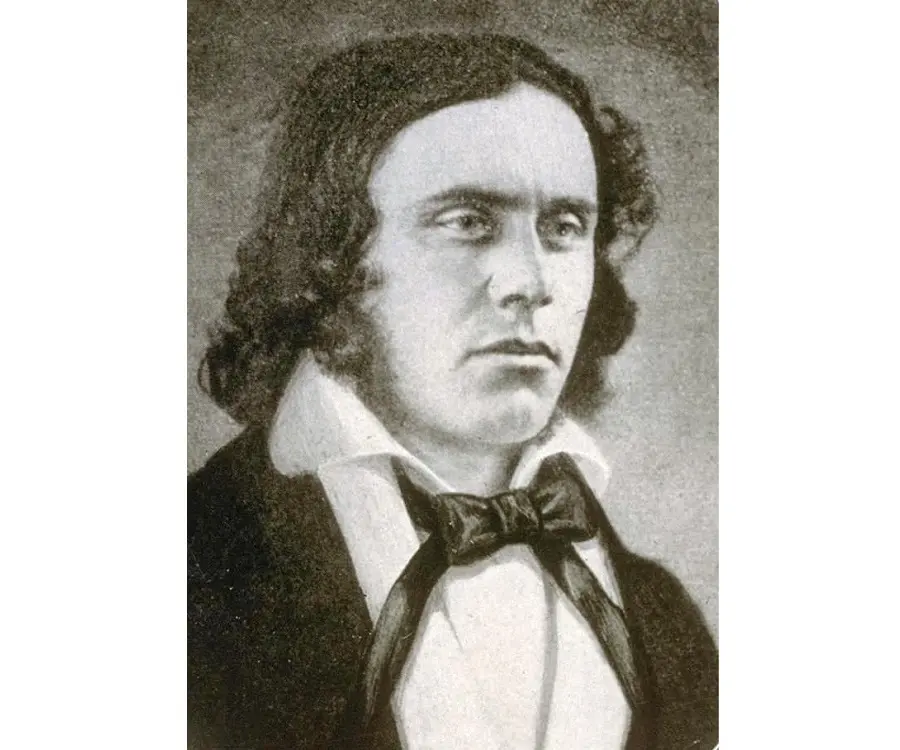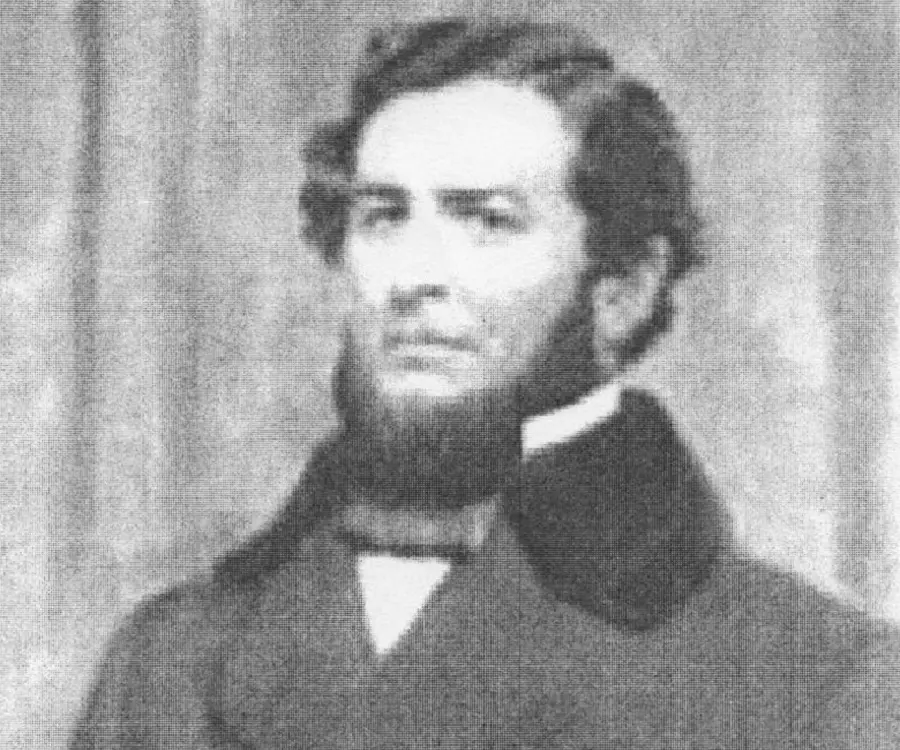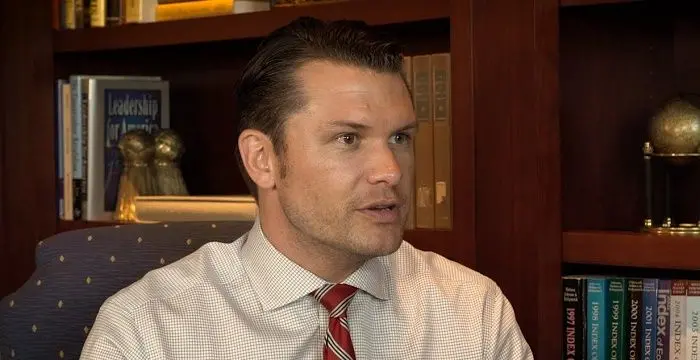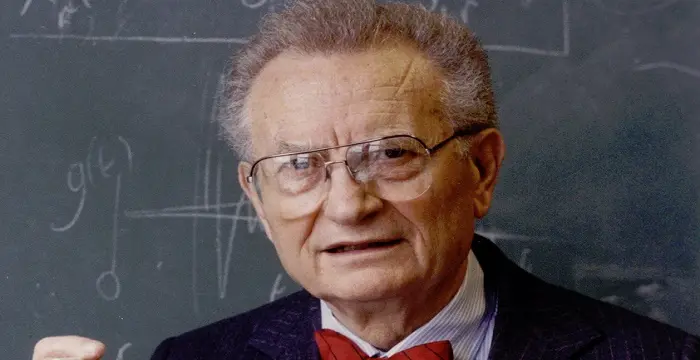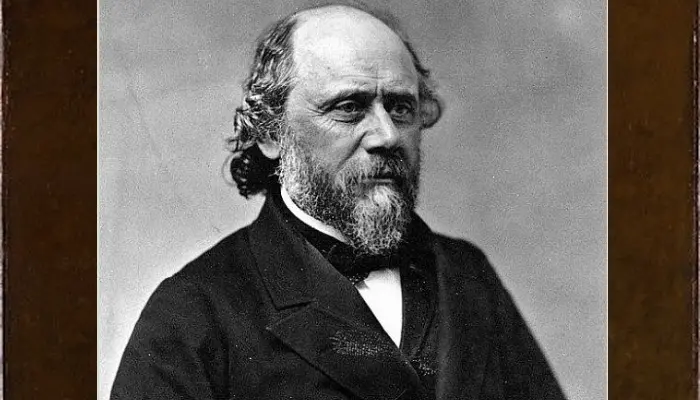
Richard Henry Dana Jr. - Abolitionist, Facts and Childhood
Richard Henry Dana Jr.'s Personal Details
Richard Henry Dana Jr
| Information | Detail |
|---|---|
| Birthday | August 1, 1815 |
| Died on | January 6, 1882 |
| Nationality | American |
| Famous | Humanitarian, Harvard University, Lawyers & Judges, Political Leaders, Abolitionist, Reputed U. S. Lawyer |
| City/State | Massachusetts |
| Childrens | Richard Henry Dana III |
| Universities |
|
| Notable Alumnis |
|
| Birth Place | Cambridge, Massachusetts, U.S. |
| Religion | Protestant |
| Gender | Male |
| Father | Richard Henry Dana Sr. |
| Sun Sign | Leo |
| Born in | Cambridge, Massachusetts, U.S. |
| Famous as | Reputed U. S. Lawyer & Abolitionist |
| Died at Age | 66 |
// Famous Abolitionist
Thomas Clarkson
Thomas Clarkson was an English abolitionist and the main force in bringing about the Slave Trade Act. This biography provides detailed information about his childhood, life, achievements, works & timeline
Granville Sharp
Granville Sharp was a social reformer and a leading British abolitionist. This biography of Granville Sharp provides detailed information about his childhood, life, achievements, works & timeline
William Wilberforce
William Wilberforce was a leader of the abolitionist movement who put an end to slave trade and slavery in Britain. Check out this biography to know about his childhood, life, achievements, works & timeline
Richard Henry Dana Jr.'s photo
Who is Richard Henry Dana Jr.?
Richard Henry Dana Jr. was one of those gifted men who were just too ahead of their times. He was a successful lawyer and author. He gave us one of the most intriguing pieces of art that have made generations wonder at the magnificence of the sea. As a lawyer he fought for the poor, especially the seamen who could not wrap their head around the complications of the judicial system. He was a committed abolitionist and did everything in his capacity to help do away with the social evil of slavery. Though he was raised in a very high-class family, he was never blind to the suffering of the common people. A loyal friend and family man, he was basically a very good human being. Reflecting on his long voyage to California, he wrote that he had been very lucky while traveling although he failed at everything else he tried his hands at. He wanted to be remembered as the man behind the book ‘Two years before the Mast’. His real commitments were to law, where he finally prospered but failed miserably in politics. He did not have the crudeness and the charisma to organize powerful political campaigns. He was most popular for his crusades in support of the fugitive black people.
Childhood & Early Life
He was born in Cambridge, Massachusetts, into a family that had settled in America in 1640. His father Richard Henry Dana Sr. was a critic and a poet. He lived his school years in strict discipline under his schoolmaster Samuel Barrett.
In 1825, he started attending another private school which was looked after by Ralph Waldo Emerson. According to Dana, he was a fairly pleasant instructor but lacked a system of discipline.
He later enrolled at Harvard College in July 1831. In his freshman year, he got involved in some protest which resulted in a six- month long suspension. He was diagnosed with Ophthalmia which worsened his vision.
He planned to go take a sea- voyage in the hope of getting back his eye-sight. While his high-class birth gave him the privilege to sail luxuriously, he opted to enlist as a seaman.
In August, 1834, the brig ‘Pilgrim’ set sail to California. Henry returned after two years, in September, 1836, a changed man. Though he had taken this journey to cure his eyesight he returned with a new insight about life. He immediately re- entered Harvard and graduated in June 1837.
Career
He got admitted to the bar in 1840. He took up maritime law as his specialty. He started feeling a kind of affinity towards the sailors and decided upon helping them legally. He was later known as ‘Seaman’s Champion’.
In the same year, his most note-worthy book ‘Two Years before the Mast’ was published. It was an account of the trip that he had taken to California.
In 1841 he published ‘The Seaman’s Friend’ which contained all the legal rights and responsibilities of a sailor. This later on became the standard reference for sailors everywhere.
He joined a movement to eradicate slavery whether formal or informal and became a staunch abolitionist. He helped found the anti- slavery Free Soil Party in 1848 and represented the fugitive slave Anthony Burns in Boston in 1854. He was also assaulted in the streets of Boston for supporting this movement against slavery.
In the late 1850’ Dana traveled to Cuba while the U.S. was contemplating the annexation of Spain occupied Cuba. His trip to Cuba resulted in a book ‘To Cuba and Back’ in 1859.
During the American Civil War, he served as the United States Attorney and won before the Supreme Court the famous case of ‘Amy Warwick’ to block the Confederate ports.
Dana was a member of the Massachusetts legislature from 1867 to 1868. His nomination in 1876 as an ambassador to Great Britain was shot down in the Senate due to the accusation of plagiarism for a book he had edited. Though he was found innocent, it tarnished his reputation.
He was one of the counsel members for the Government of the United States in 1877.
Major Works
‘Two Years before the Mast’, published in 1840, is considered a classic. It is one of America’s most popular accounts of life at sea. It has a unique and detailed account of life in California before the Gold Rush. The book talks about the various stops made along the coast like Monterey, San Pedro, San Diego, etc. It is also a vivid description of the life of the sailors and their work.
‘The Seaman’s Friend’ that was published in 1841 was the standard reference for all legal enquiries about the do’s and don’ts for a sailor. For a very long time the highest authority on the legal rights and responsibilities of a seaman.
Personal Life & Legacy
He got married to Sarah Watson in 1841. They had four daughters and one son, Richard Henry Dana III, who was also a lawyer and reformer.
He retired from his practice in 1878 and then decided to spend the rest of his life traveling and studying. In order to research for his works, he moved with his family to Rome in 1881.
Dana died of influenza in Rome at the age of 67 and is buried in the city’s Protestant Cemetery with the likes of Keats and Shelly.
Dana Point in California which is located on the Pacific Coast has been named after him - a reproduction of the brig ‘Pilgrim’ that he sailed around Cape Horn has been on display permanently in the Ocean Institute.
A number of schools have been named in his honour in and around the country like Richard Henry Dana Elementary School , in Dana Point, California, and Richard Henry Dana Middle School, in Arcadia, California.
// Famous Political Leaders
Edi Rama
Edi Rama is the current Prime Minister of Albania. Check out this biography to know about his childhood, life, achievements, works & timeline.
Khalifa bin Zayed Al Nahyan
Sheikh Khalifa bin Zayed Al Nahyan is the current President of the United Arab Emirates (UAE). Check out this biography to know about his birthday, childhood, family life, achievements and fun facts about him.
Leo Varadkar
Cam Leo Varadkar is the current Taoiseach—the Prime Minister—of the Republic of Ireland. Check out this biography to know about his childhood, family life, achievements and other facts about his life.
Richard Henry Dana Jr. biography timelines
- // 1st Aug 1815He was born in Cambridge, Massachusetts, into a family that had settled in America in 1640. His father Richard Henry Dana Sr. was a critic and a poet. He lived his school years in strict discipline under his schoolmaster Samuel Barrett.
- // 1825In 1825, he started attending another private school which was looked after by Ralph Waldo Emerson. According to Dana, he was a fairly pleasant instructor but lacked a system of discipline.
- // 1831He later enrolled at Harvard College in July 1831. In his freshman year, he got involved in some protest which resulted in a six- month long suspension. He was diagnosed with Ophthalmia which worsened his vision.
- // 1834 To 1837In August, 1834, the brig ‘Pilgrim’ set sail to California. Henry returned after two years, in September, 1836, a changed man. Though he had taken this journey to cure his eyesight he returned with a new insight about life. He immediately re- entered Harvard and graduated in June 1837.
- // 1840He got admitted to the bar in 1840. He took up maritime law as his specialty. He started feeling a kind of affinity towards the sailors and decided upon helping them legally. He was later known as ‘Seaman’s Champion’.
- // 1840In the same year, his most note-worthy book ‘Two Years before the Mast’ was published. It was an account of the trip that he had taken to California.
- // 1840‘Two Years before the Mast’, published in 1840, is considered a classic. It is one of America’s most popular accounts of life at sea. It has a unique and detailed account of life in California before the Gold Rush. The book talks about the various stops made along the coast like Monterey, San Pedro, San Diego, etc. It is also a vivid description of the life of the sailors and their work.
- // 1841In 1841 he published ‘The Seaman’s Friend’ which contained all the legal rights and responsibilities of a sailor. This later on became the standard reference for sailors everywhere.
- // 1841‘The Seaman’s Friend’ that was published in 1841 was the standard reference for all legal enquiries about the do’s and don’ts for a sailor. For a very long time the highest authority on the legal rights and responsibilities of a seaman.
- // 1841He got married to Sarah Watson in 1841. They had four daughters and one son, Richard Henry Dana III, who was also a lawyer and reformer.
- // 1848 To 1854He joined a movement to eradicate slavery whether formal or informal and became a staunch abolitionist. He helped found the anti- slavery Free Soil Party in 1848 and represented the fugitive slave Anthony Burns in Boston in 1854. He was also assaulted in the streets of Boston for supporting this movement against slavery.
- // 1867 To 1876Dana was a member of the Massachusetts legislature from 1867 to 1868. His nomination in 1876 as an ambassador to Great Britain was shot down in the Senate due to the accusation of plagiarism for a book he had edited. Though he was found innocent, it tarnished his reputation.
- // 1877He was one of the counsel members for the Government of the United States in 1877.
- // 1878 To 1881He retired from his practice in 1878 and then decided to spend the rest of his life traveling and studying. In order to research for his works, he moved with his family to Rome in 1881.
- // 6th Jan 1882Dana died of influenza in Rome at the age of 67 and is buried in the city’s Protestant Cemetery with the likes of Keats and Shelly.
- // 1959In the late 1850’ Dana traveled to Cuba while the U.S. was contemplating the annexation of Spain occupied Cuba. His trip to Cuba resulted in a book ‘To Cuba and Back’ in 1859.
// Famous Harvard University
Bertil Gotthard Ohlin
Bertil Gotthard Ohlin was a famous Swedish economist. This biography profiles his childhood, family life & achievements.
Xi Mingze
Xi Mingze is the daughter of Chinese Leader Xi Jinping, Check out this biography to know about her birthday, childhood, family life, achievements and fun facts about her.
Susan Sontag
Susan Sontag is an American critical essayist, cultural analyst, novelist, political activist, filmmaker and playwright of international repute. Read on to find out more about her childhood, career, profile and timeline.
Pete Hegseth
Pete Hegseth is a FOX News Channel contributor from America. Check out this biography to know about his childhood, family life, achievements and fun facts about him.
Paul Samuelson
Nobel laureate Paul Anthony Samuelson is referred to as the ‘Father of Modern Economics’. This biography profiles his childhood, life, career, achievements and interesting facts about him.
Michael Schur
Michael Schur is an American television actor, producer, and writer. Check out this biography to know about his birthday, childhood, family life, achievements and fun facts about him.
Richard Henry Dana Jr.'s FAQ
What is Richard Henry Dana Jr. birthday?
Richard Henry Dana Jr. was born at 1815-08-01
When was Richard Henry Dana Jr. died?
Richard Henry Dana Jr. was died at 1882-01-06
Where was Richard Henry Dana Jr. died?
Richard Henry Dana Jr. was died in Rome
Which age was Richard Henry Dana Jr. died?
Richard Henry Dana Jr. was died at age 66
Where is Richard Henry Dana Jr.'s birth place?
Richard Henry Dana Jr. was born in Cambridge, Massachusetts, U.S.
What is Richard Henry Dana Jr. nationalities?
Richard Henry Dana Jr.'s nationalities is American
Who is Richard Henry Dana Jr. childrens?
Richard Henry Dana Jr.'s childrens is Richard Henry Dana III
What was Richard Henry Dana Jr. universities?
Richard Henry Dana Jr. studied at Harvard University, Harvard University, Harvard College
What was Richard Henry Dana Jr. notable alumnis?
Richard Henry Dana Jr.'s notable alumnis is Harvard University
What is Richard Henry Dana Jr.'s religion?
Richard Henry Dana Jr.'s religion is Protestant
Who is Richard Henry Dana Jr.'s father?
Richard Henry Dana Jr.'s father is Richard Henry Dana Sr.
What is Richard Henry Dana Jr.'s sun sign?
Richard Henry Dana Jr. is Leo
How famous is Richard Henry Dana Jr.?
Richard Henry Dana Jr. is famouse as Reputed U. S. Lawyer & Abolitionist
